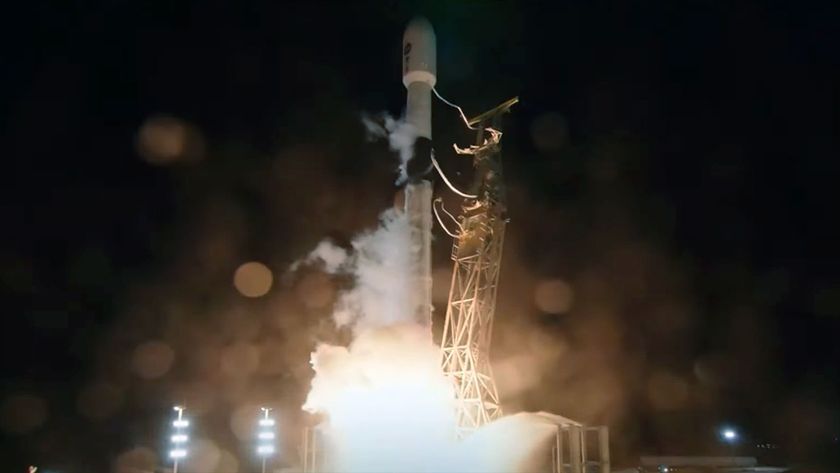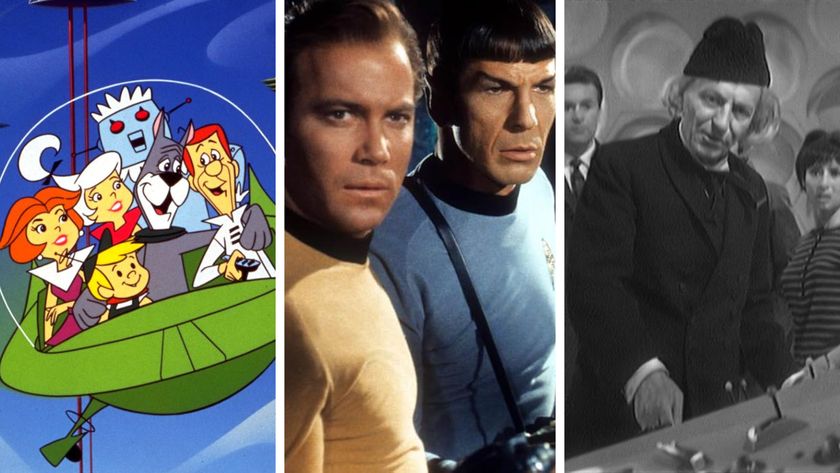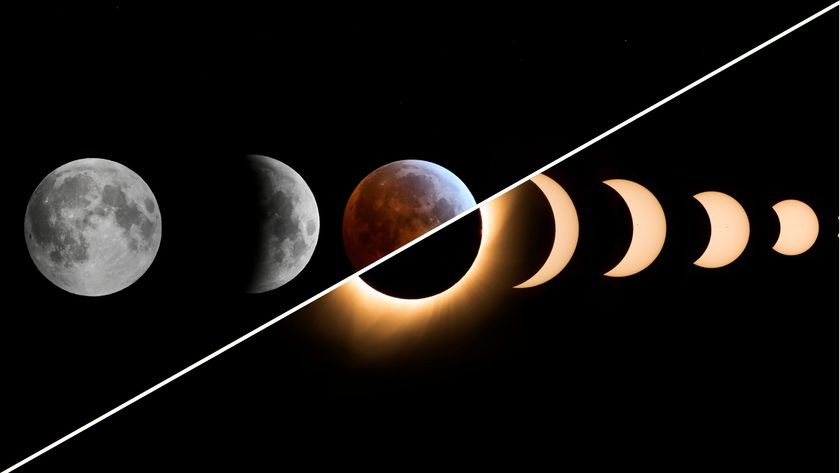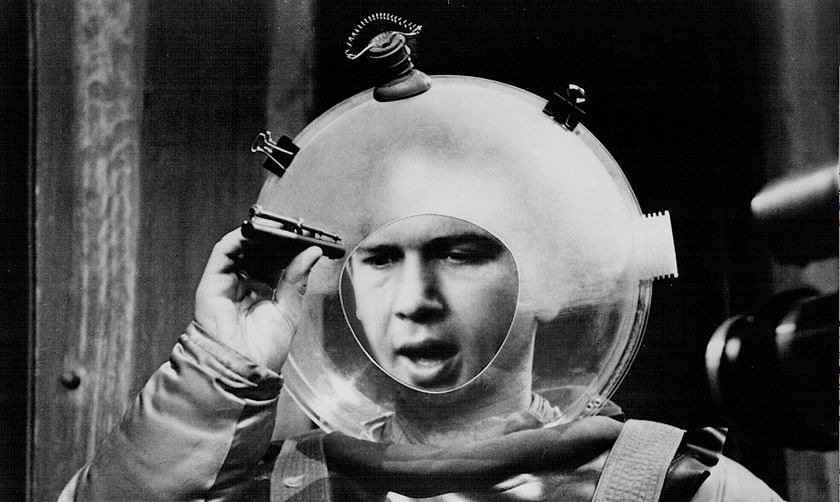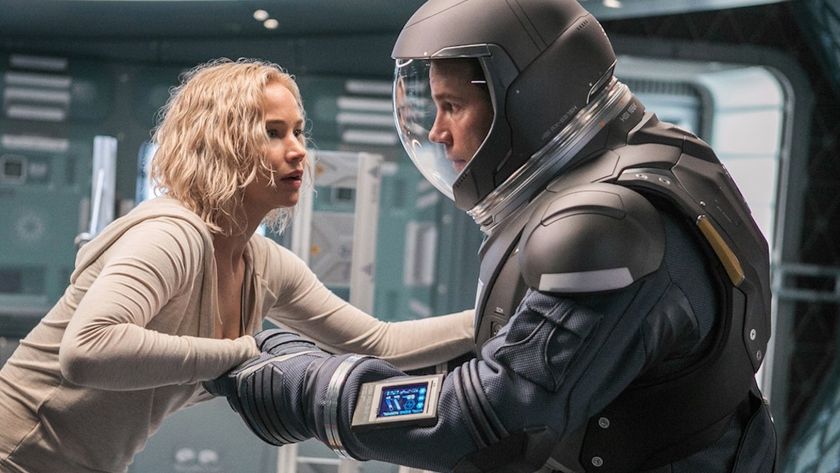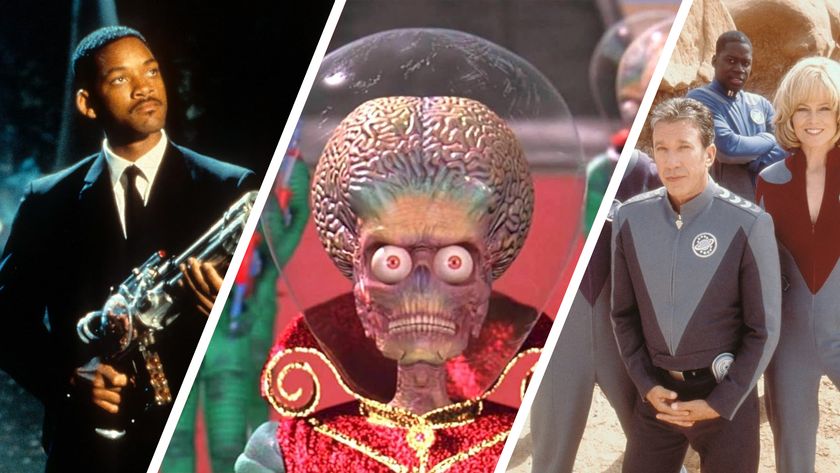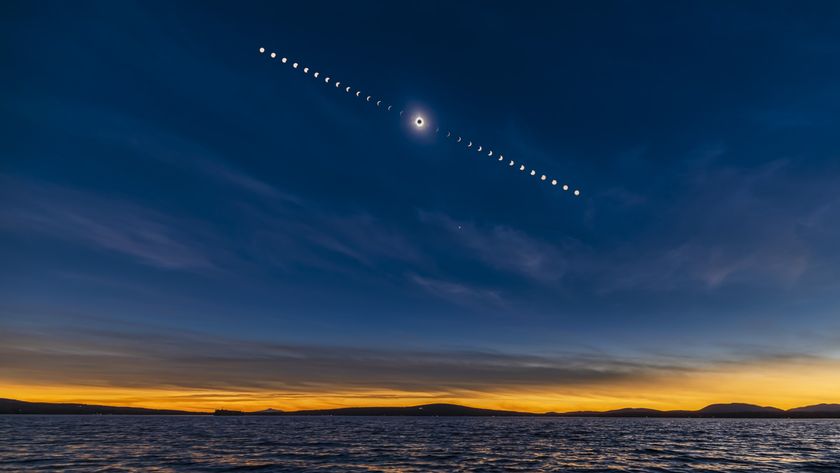Fred Haise: NASA astronaut and Apollo 13 crewmember
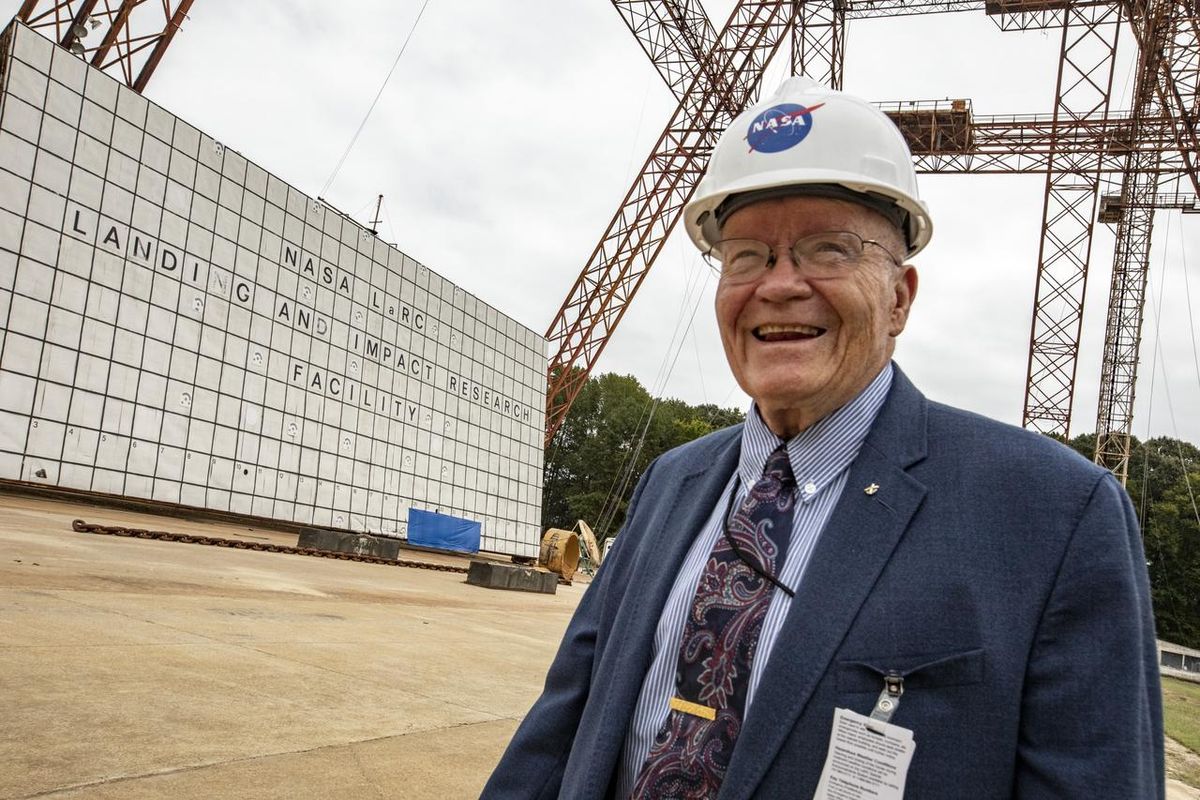
Fred Haise is a former U.S. Air Force and Marine Corps pilot and NASA astronaut most famous for his role as the lunar module pilot for the nearly-catastrophic Apollo 13 mission. Apollo 13 was supposed to be NASA's third moon-landing mission, but an explosion in the command module forced the astronauts to abandon their dreams of visiting the moon and instead focus on making it back to Earth alive.
Haise, an ex-fighter pilot, was selected for NASA's astronaut program in 1966 and served as the backup lunar module pilot for the Apollo 8 and Apollo 11 missions. Apollo 13 was his only trip to space.
After Apollo, Haise played a key role in NASA's space shuttle program before resigning from the agency in 1979. He then became vice president of space programs at Grumman Aerospace Corp. — the company that built the lunar module for the Apollo missions. Now retired, Haise lives in Texas and is a passionate advocate for science education.
Related: Apollo 13 in Real Time website offers new insight into mission, 50 years later
A journalist with a hidden talent
Haise was born in Biloxi, Mississippi on Nov. 14, 1933. As a teenager, Haise wanted to become a journalist and had no thoughts of becoming a pilot. In high school, he wrote sports stories for his hometown newspaper and later attended Perkinston Junior College in Mississippi to study journalism, according to a short biography published in the Sarasota Herald-Tribune in 1970.
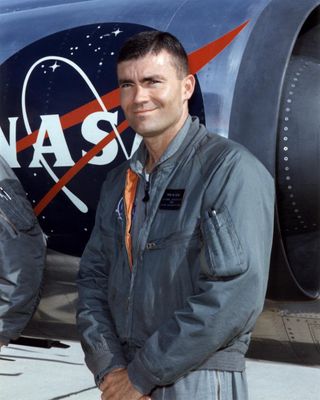
When Haise turned 18, the nation was at war with Korea and Haise thought he might soon be drafted into the military. He decided to beat the draft and join the naval air cadet program because "that was the only program I could get a commission and become an officer," he told the Sarasota Herald-Tribune. It wasn't until the end of his pre-flight training that Haise realized he was going to have to learn how to fly to a plane. "I'd never flown before in my life … I'd no inclination toward flying prior to that time," he said.
Related: How to become an astronaut
Haise may not have been interested in flying at first, but he soon found he had natural talent as a pilot and he served as a Marine Corps aviator for two and a half years. He then took his military commission and went to the University of Oklahoma where he earned his bachelor of science degree in aeronautical engineering in 1959.
Right after graduating, Haise accepted a job as a research pilot at NASA's Glenn Research Center in Ohio until 1963, and was named an outstanding graduate of the Aerospace Research Pilot School. He simultaneously served with the U.S. Air Force between 1961 and 1962 as a test pilot. He then became a civilian research pilot at the NASA Flight Research Center at Edwards Air Force Base in California, according to his official NASA biography.
In 1966, NASA selected Haise and 18 other men, including fellow Apollo astronauts Jack Swigert and Ken Mattingly, as the agency's fifth class of astronauts for the crewed space program. The group jokingly dubbed themselves the "Original 19" as an homage to the "Original Seven" astronauts selected a few years earlier for NASA's Project Mercury. About half of the "Original 19" group went to the moon, with the other half serving in the later space programs with the space shuttle and the Skylab space station.
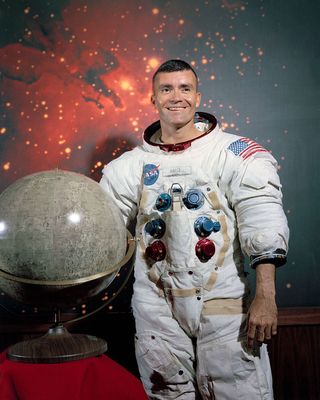
Apollo 13
Although Haise was a rookie when he took on the Apollo 13 mission, he had already served as the backup lunar module pilot for two missions: Apollo 8 and Apollo 11. This made him one of the most experienced hands with the spacecraft that would take men to the moon.
Related: Apollo 13: The hectic timeline of NASA's 'successful failure' moonshot
Haise, along with commander Jim Lovell, was supposed to walk on the moon during Apollo 13. That all changed on April 13, 1970, when an oxygen tank exploded and badly damaged the command module, Odyssey. With Mission Control's help, the astronauts powered down the command module to conserve required landing resources, and scrambled into the cramped lunar module, Aquarius, for a miserable ride back to Earth.
It was a touch-and-go situation for several days as the astronauts struggled with the cold and crippled spacecraft, but they arrived home alive on April 17. Haise came down with a kidney infection, but suffered no long-term ill effects from the ordeal.
The mission, dubbed a successful failure, spawned a popular movie called "Apollo 13," which was based on Lovell's biography, "Lost Moon: The Perilous Voyage of Apollo 13" (Houghton Mifflin, 1994). In a 1999 interview with NASA, Haise said he thought the dramatic nature of the Apollo 13 mission was probably why Hollywood made a movie about it rather than the more successful moon missions.
Related: Stunning 4K video recreates Apollo 13's perilous trip around the moon
"It does make it very clear, you know, what can happen if you do have … the right people, the right skill mix, that are trained and they're assembled in this team and they work together under the right leadership. You know, what a miracle can happen. And that's what was the case of Apollo 13," he said.
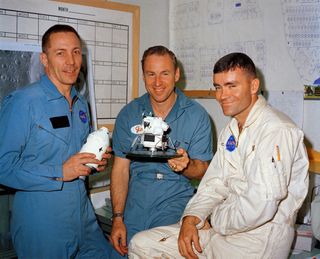
From Apollo to the space shuttle
Haise's performance on the difficult Apollo mission earned him the role of commander for the Apollo 19 moon mission. However, Apollo 19 and two other missions slated after Apollo 17 fell to the budget axe as the U.S. government shifted its funding from space to other priorities.
The veteran astronaut moved on to other projects and became technical assistant to the manager of the space shuttle orbiter project in 1973, a role he held until 1976. Haise was then assigned as commander of one of the two, 2-man crews to test NASA's new space shuttle in 1977.
Related: 10 Amazing space shuttle photos
Haise and crewmate Gordon Fullerton executed a series of flight tests for the space shuttle Enterprise. The tests involved strapping the shuttle to the top of a 747 airplane, then launching the shuttle from the plane while in flight. Once in free flight, Haise and Fullerton guided the shuttle through an unpowered glide, approach and landing on a runway. The space shuttle test program lasted from February 1977 through October of that year and provided NASA with a wealth of information on the orbiter's performance and flying capabilities. Out of the four astronauts who participated in the space shuttle test program, Haise was the only one who didn't fly one into space.
Life after NASA
Haise earned numerous awards for his accomplishments as an astronaut, including the Presidential Medal for Freedom, the NASA Distinguished Service Medal, the Johnson Space Center Special Achievement award, and honors from the Cities of New York and Houston and his home state of Mississippi. He was inducted into the International Space Hall of Fame in 1983 and the U.S. Astronaut Hall of Fame in 1997.
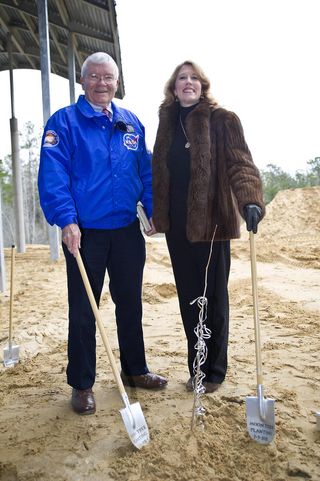
After more than 15 years with NASA, Haise resigned in 1979 to become vice president of the space program at Grumman Space Corp., taking a senior position at the company that built the lunar module he knew so well. He remained in an executive role with the company until he retired in 1996.
Haise now lives primarily in Texas, but spends a lot of time in Mississippi, where some of his family still lives.
He's a passionate supporter of science education and helped create the INFINITY Science Center, a public science education center in Pearlington, Mississippi. Haise has served on INFINITY's board of directors for the past 15 years and donates the fees earned from his speaking engagements to help support the center. "It's been a good way to get out of the rocking chair and still keep my mind engaged," he told Today in Mississippi.
Haise is grateful for his career as an astronaut and said he wants to encourage young people to discover their talents so they can turn them into a rewarding career. "I can't complain," he told Today in Mississippi. "I've had a very good career. It's been rewarding to me and I think I've done some things that helped. So I wish everybody could end up in a similar vein."
This year marks the 50th anniversary of the Apollo 13 mission. Keep checking in with Space.com for updates about Apollo 13 events and celebrations around the world.
Additional resources:
- Watch Fred Haise recall the Apollo 13 mission in this video from the Kennedy Space Center.
- Watch historic footage of the Apollo 13 flight from the NASA STI program.
- Read more about the Apollo 13 mission and other Apollo missions from the Smithsonian Air and Space Museum.
Join our Space Forums to keep talking space on the latest missions, night sky and more! And if you have a news tip, correction or comment, let us know at: community@space.com.
Get the Space.com Newsletter
Breaking space news, the latest updates on rocket launches, skywatching events and more!

Elizabeth Howell (she/her), Ph.D., was a staff writer in the spaceflight channel between 2022 and 2024 specializing in Canadian space news. She was contributing writer for Space.com for 10 years from 2012 to 2024. Elizabeth's reporting includes multiple exclusives with the White House, leading world coverage about a lost-and-found space tomato on the International Space Station, witnessing five human spaceflight launches on two continents, flying parabolic, working inside a spacesuit, and participating in a simulated Mars mission. Her latest book, "Why Am I Taller?" (ECW Press, 2022) is co-written with astronaut Dave Williams.
